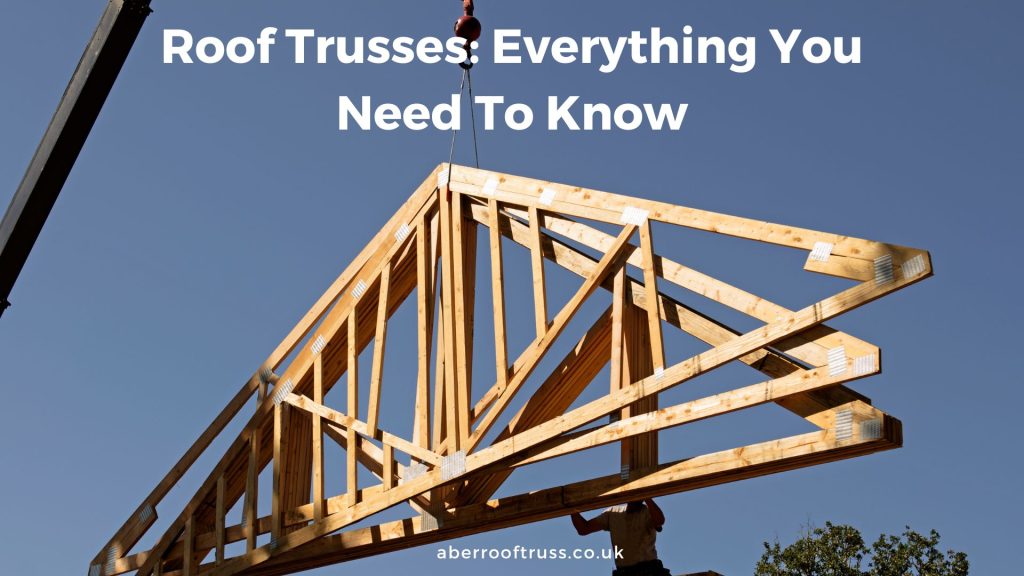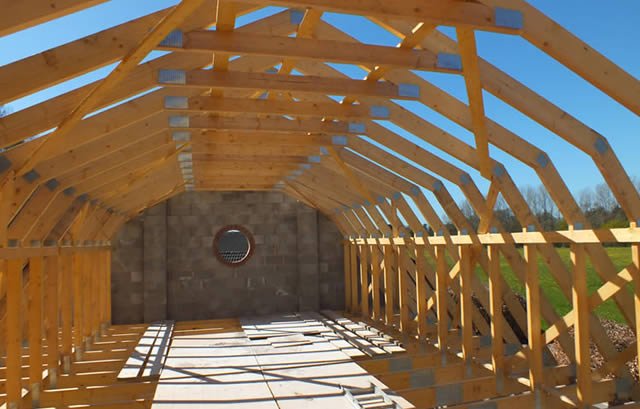
It is widely known that roof trusses are one of the most cost-effective, convenient ways to build modern roofs. If you’re thinking of purchasing roof trusses for your next building project, there are a few things you should consider. The purpose of this article is to provide you with a brief overview of roof trusses, including their advantages, types, and design requirements.
The advantages
In order to actually take advantage of roof trusses, you need to understand how many advantages they have over rafters. They are not only aesthetically pleasing, but also:
- Up to 50% more cost-efficient than regular rafters
- Easy and light to product quickly at a high quality
- Simple and fast to install compared to other roof elements
- Flexible for future home and ceiling improvements
Truss systems also provide better distribution of roof weight to your exterior walls rather than your interior walls. As a result, you can achieve a more open feel within your home, which is highly valued today in modern home design.
Understand the requirements
Next, you will need to choose the right kind of roof trusses for your house. In order to design a roof truss that fits the needs of each building, several factors need to be considered, including:
- Consider your local weather (especially how much rain or snow you get)
- The buildings classification (is it a home, farm, or commercial building?)
- Unique area circumstances (are there any unique elements that need to be considered?)
- Location of the building site (is it easy to access?)
Most trusses are designed for roofs with normal levels of wind, snow, and rain. It is important to consult with a truss design expert if your building experiences factors that are outside the realm of “normal.”
The type of truss design you want
Last but not least, you’ll need to determine what kind of truss is best for your home based on the information you learned above.
Simple Trusses
Simple trusses include the King Post Truss, and Queen Post Truss. These designs are very classic and provide a straightforward, open feel. These trusses can span great distances which can allow you to add beams.
Simple trusses can be seen in a wide range of buildings. They can sometimes be referred to as gable roof trusses, and they are the most common roof construction styles used. Simple trusses can support large loads but still allow for personalised designs.

Arched Trusses
Arched truss design gives your roof an arched appearance. This truss design is strong, allowing additional support beams to be added to fully carry the weight of the building.
Single slope trusses
These trusses are designed for flat roofs, created with parallel beams that are joined in a series of triangles. These are referred to as “Flat Trusses,” and they are only used on houses that don’t need to worry about heavy levels of precipitation. You will often see these in commercial construction jobs, and not as often in residential projects.
It’s likely that you don’t know what kind of truss design you want unless you have experience constructing roofs in different circumstances. Our job is to know the ins and outs of truss design. You can trust us to help you decide before you embark on any construction project.
If you feel that trusses are the right roof choice for your home, don’t hesitate to reach out to our team at Aber Roof Truss. Whatever your roofing needs are, we can help. Contact us today.
